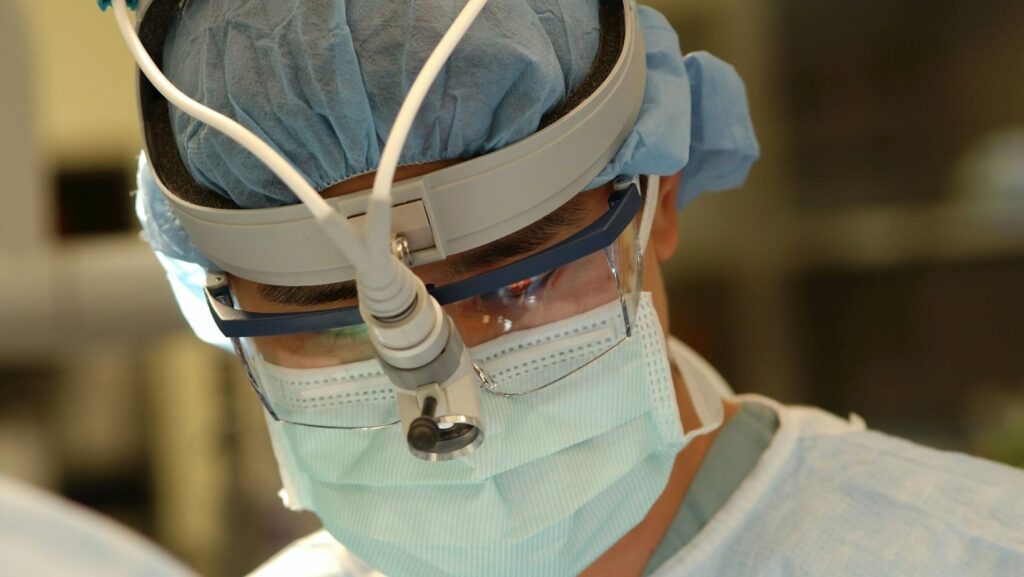Singapore’s healthcare system ranks #1 in the world, and if there’s a healthcare system that could benefit from learning a lesson or two, it’s America’s.
Everything about Singapore’s approach to healthcare and the system that it runs is incredible. Read on to find out more.
Balancing Personal Responsibility and Government Support
Government support? The US could never!
But we’d argue that personal responsibility plays a bigger role here than government support. The unique aspect of Singapore’s healthcare is the personal accountability coupled with some government participation. Each month, a deposit is made into an account from paychecks to help the public pay for less expensive healthcare called Medisave.
Then, the government system has two financing pillars: MediShield Life operated and MediFund. Serious diseases and costly treatments are covered by government insurance – MediShield Life and MediFund.
A more efficient healthcare framework through compulsory health savings accounts like MediSave would work in the US, where people still save for routine expenditures but have protection against big payouts. That could ease the pressure on taxpayers and public programs such as Medicare and Medicaid and instead funnel investments into more staffing from physician recruiters and nursing agencies.
Informed Pricing and Autonomy of Patients
Singapore allows people to choose a provider of their choice – either public or private – with various price categories. The patient is free to pick between cheaper public services or use private facilities depending on income and preferences. A competitive polio protective strategy helps manage health service pricing as providers research the market to win patients.

A similar treatment scheme could benefit US patients, as they will have different treatment pricing options and have to think about what is in their best financial interests rather than putting everyone in medical bill debt.
Targeted Healthcare Public Subsidies
In Singapore, healthcare is subsidized by the government using an income-based topical system. 50% to 80% of the costs are subsidized for services – for example, hospital and surgery costs. That prevents the issues of accessibility of health care for low-income households. Services are offered but not totally free – the rich pay for most of these services. That allows the government to channel its resources to those who need them most without downgrading the standards of the services.

The US could adopt the middle- or upper-line method so that low-income persons get optimal coverage while high-income earners are encouraged to self-pay.
Reinforcing Preventive Care and Healthy Lifestyles
The Singapore population is one of the healthiest along with the Japanese – the US is the #1 most unhealthiest.
Singapore is well structured to promote healthy living. MediSave works to let citizens take charge of their health, reducing expensive treatments. Health issues like diabetes, smoking, and unhealthy eating are all tackled by the government through health campaigns.
Still, in the case of the US, a bigger portion of the budget aims to treat already existing diseases rather than prevent the occurrence of such diseases in the first place. And there are tons of diseases – this article will show you the statistics. America has a big issue to tackle before it can focus on the preventative.
Do you think the US could replicate Singapore’s healthcare system? It’s a big task. At the very least, it could take inspiration from some practices that put the Singapore healthcare system at #1.
